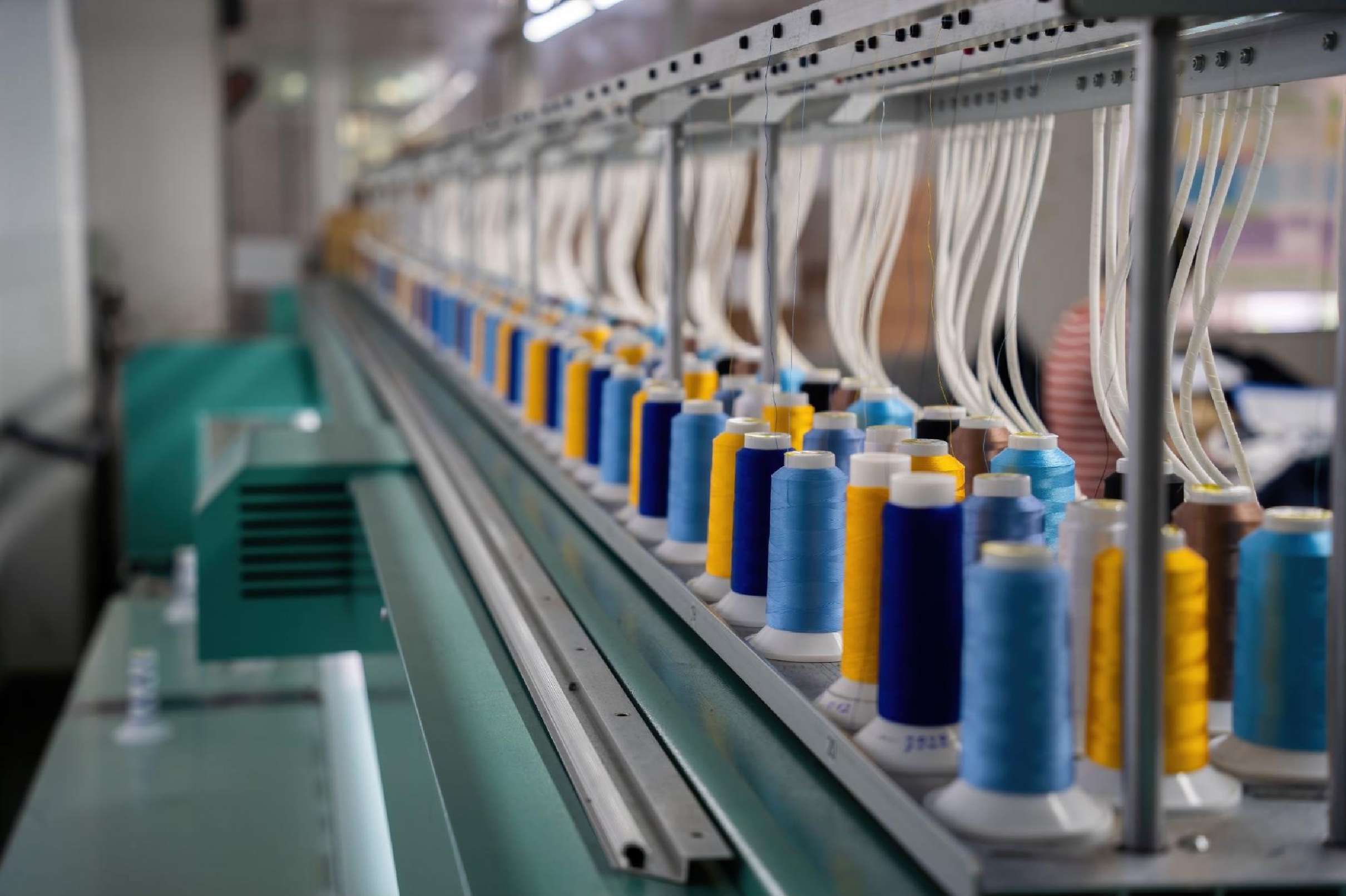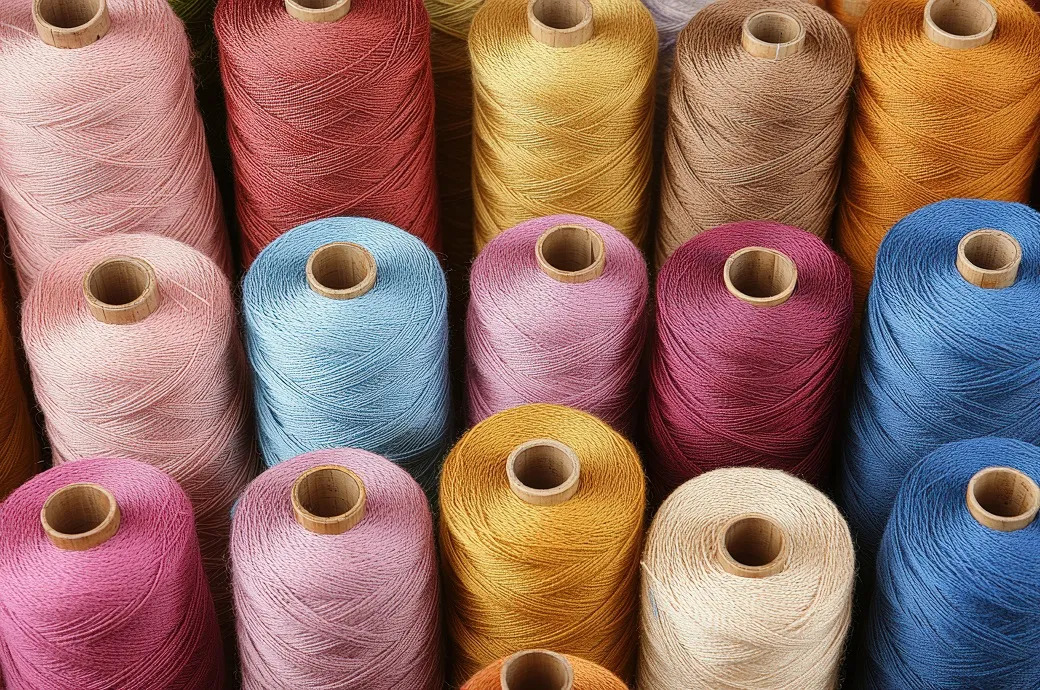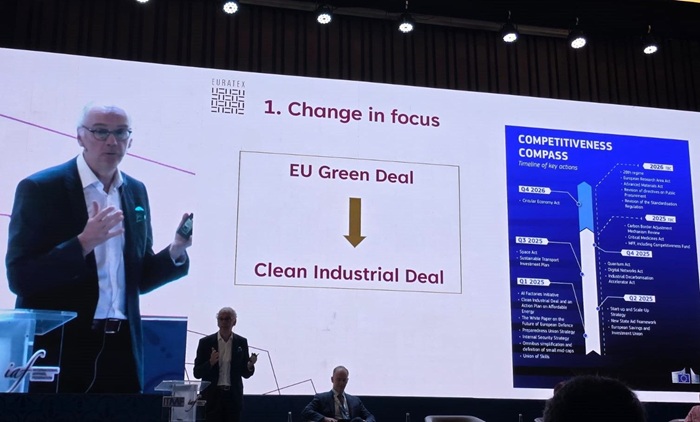Despite challenges like sluggish trade recovery, fluctuating oil prices, rising shipping costs, and energy security concerns, Vietnam's textile and garment industry showcased resilience amid a turbulent global economy in 2024. The industry achieved an impressive export turnover of $44 billion, an 11.26 per cent increase from 2023, and maintained its position as the world's second-largest textile exporter after China.
The US remained Vietnam’s top export market, accounting for nearly 38 per cent of total exports, with turnover rising by 12.33 per cent to $16.71 billion. Japan, the EU, South Korea, and ASEAN markets also showed steady growth. Import turnover climbed to $25 billion, resulting in a trade surplus of $19 billion.
The Vietnam Textile and Apparel Association (VITAS) attributes this success to strategic adaptability. Vu Duc Giang, Chairman notes, the industry reacted proactively with markets diversification, adoption of advanced technologies, and leveraging new-generation free trade agreements (FTAs) with zero tariffs on various product lines. Orders surged in the second half of 2024, boosting revenues and positioning Vietnam to capitalize on global shifts, such as U.S. tariffs on Chinese textiles.
Major companies like Vinatex exceeded targets, with consolidated revenues rising by 2.8 per cent to $724 million over 2023. Other leaders, such as Hoa Tho Textile and Phong Phu Corporation, also surpassed goals, reflecting robust operational strategies and investments in automation.
Looking ahead, the industry aims to grow its exports to $47-48 billion in 2025. Vinatex plans to integrate its supply chain, focusing on automation, smart factories, and reducing manual labor. Similarly, Phong Phu Corporation is targeting $104 million in revenue by innovating products and cutting costs.
Hung Yen Garment, with orders secured through mid-2025, aims to triple its free-on-board (FOB) orders. Investments in eco-friendly practices, digital tools, and workforce development are central to its strategy.












